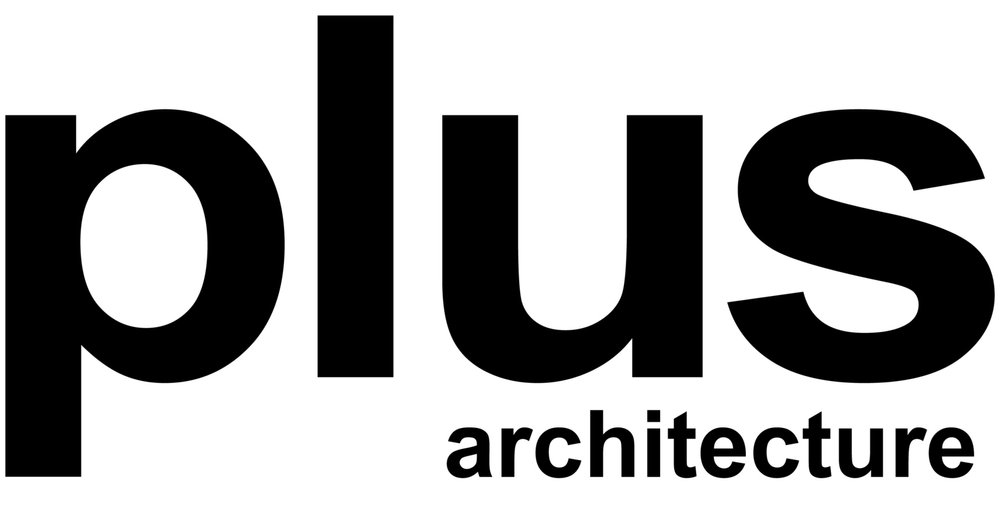Throughout history, design has pursued a high level of innovation, but this creativity has always been limited to the tools available to us. Some cultures made scale model versions of their buildings to test their design both aesthetically and structurally and, as writing became more commonplace, many simply wrote down their ideas, but drawings have always remained our primary form of human expression.
“A picture is worth a thousand words”, may be true in art, but does this work in design? Can a design be conveyed by a drawing or picture alone? The answer is, “No”.
Design requires much more than just visual input to communicate its intent and purpose to a viewer. It requires objectivity, which is based on hard facts and constants. It relies on our ability to combine the innate artistry of design, with reliable data to support its credibility and buildability in the real world.
So how do we enhance logical procedures, structure, efficiency and repetition in our design workflows whilst also supporting their creativity and innovation?
In 1962, Douglas C. Engelbart compiled a report called “AUGMENTING HUMAN INTELLECT: A CONCEPTUAL FRAMEWORK”, in which he wrote, “To give the reader an initial orientation about what sort of thing this computer-aided working system might be, we include below a short description of a possible system of this sort. This illustrative example is not to be considered a description of the actual system that will emerge from the program. It is given only to show the general direction of the work, and is clothed in fiction only to make it easier to visualize.” He then proceeds to describe his concept of today’s modern ‘computer augmented’ architect in staggeringly accurate detail. (ref: https://www.dougengelbart.org/content/view/138/#1a10)
With later advances in computer-aided design processes and the development of improved 3D capabilities, Building Information Modelling, or BIM as it is commonly known, was born.
Engelbart’s concept has now become reality with the collaborative sphere of BIM currently spreading over an ever-evolving group of emerging fields, with data-rich, interactive three-dimensional modelling at its heart. This has fostered the growth of several 3D based design applications which have changed the way we design, document and manage our projects.
So where are we headed? Imagine being able to use generative design to input a list of requirements or preferences and receive a 1000 options back with 10 optimised designs, all within a few hours. These may show optimised workstation layouts to maximise natural light or views, or the number of levels versus floor plate size to maximize apartment views, maybe designs to maximise passive temperature control throughout the day, all picked for you based on your input.
Augmented reality software allows us to overlay geotagged or object-based information over real-world locations or items, making it possible for us to interact with these overlays. Will the workstation of the future be nothing more than virtual projections in your AR glasses? The answer is likely yes, or something similar anyway. This may also play a part in a future workforce dominated by fear of infection via contact. By providing a mechanism for ‘touchless workstations’ and digital presences in the form of avatars attending meetings within their building design models. This has already begun to happen with some larger firms leading the charge in virtual design and communication innovations such as these.
Design Technology continues to provide more efficient ways to communicate our design intent with each other, and simultaneously make these designs more accessible to the greater project team. With cloud servers and Virtual Private Network access, as well as integrated online conferencing, file sharing and messaging gradually replacing traditional office-bound servers setups, sharing of ideas and information are now within constant reach from anywhere on the planet with only WI-FI access, a mobile phone and a laptop.
Working in the cloud now allows the whole consultant team to work on the same set of building models thus fostering a greater spirit of cooperation and teamwork, as well as less correspondence due to the model being live. If not for these connectivity options, working from home as a cohesive virtual office during the COVID-19 lockdowns around the world right now would have been close to impossible.
The truth is that the imposed isolation the world has experienced due to the pandemic, has by necessity made this way of working commonplace, but this will also help inform us on the future efficacy of working from home, as we will now have data from all around the world to study and assess.
Just as the introduction of writing, the printing press, and the personal computer, helped shape the future of Architectural Design, so too will this Design Technology usher us into a new era. However, the question remains “Will we be riding the wave of these innovations or allow ourselves to be washed along as debris in its wake?”
Words by Grant Larson, BIM Manager at Plus Architecture


